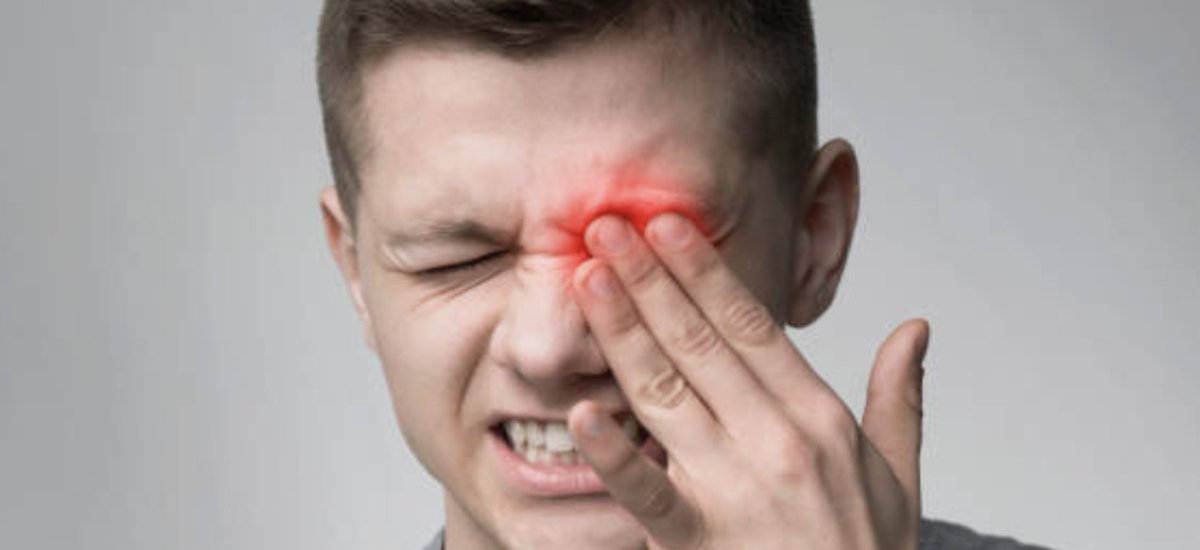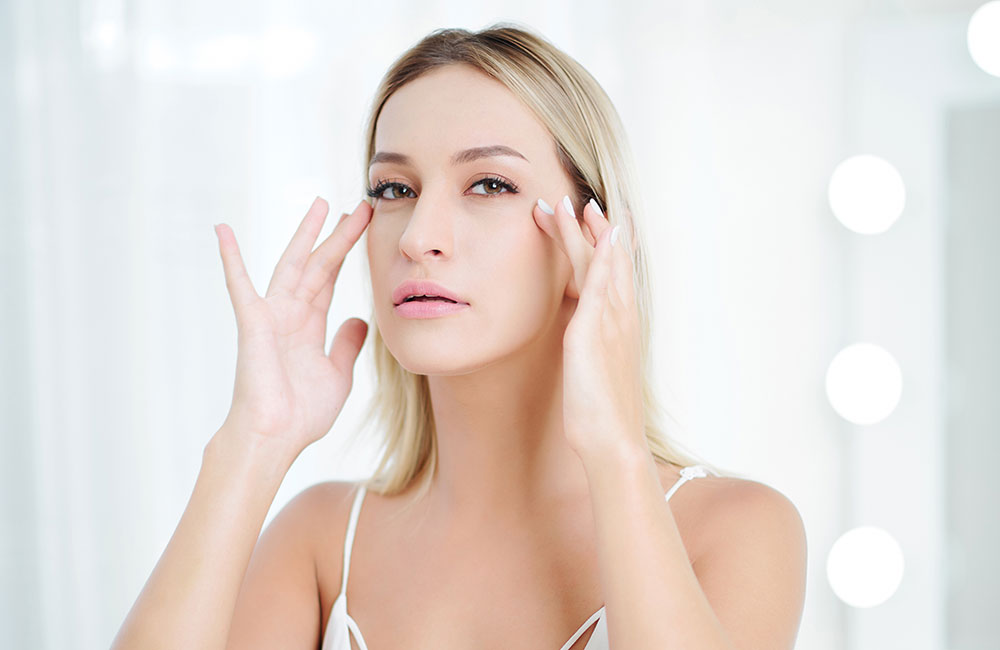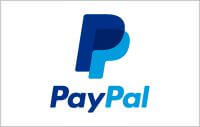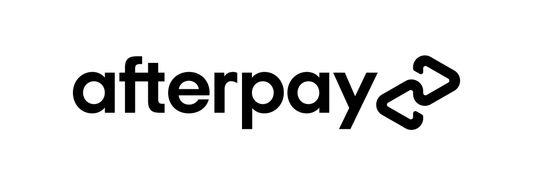What Should You Do If You Have Pain in Your Eye Socket?

Do you ever experience sharp eye pain that just doesn’t seem to go away? Occasional eye irritation might not be a cause for concern, but consistent eye pain is.
And whether you have pain behind your right eye, left eye, or somewhere else, your optometrist will want to know about it to ensure you the necessary treatment before your symptoms worsen.
Let’s talk about what to do if you experience pain in your eye socket.
What to Do If You Have Pain in Your Eye Socket
While eye pain doesn’t always signify a serious condition, such as an eye disease, it can. Fortunately, the first step toward getting the right care is awareness, and when it comes to keeping patients informed, For Eyes is second to none.
If you have pain in your eye socket, here’s what to do:
Step #1: Assess all of your symptoms.
Your symptoms are vital in helping you understand what’s going on with your eyes. Assess whether you remember getting anything in your eye, as that can lead to discomfort within and around the eye, such as beneath the eyelid.
Also, think about how your eye pain is impacting your vision. If it feels like your eyesight is deteriorating, and your eyes hurt, those could be signs of an emergency.
Here are potential causes of pain in the eye socket, along with accompanying symptoms to keep track of:
- Anterior Uveitis: Blurry vision and light sensitivity
- Dry Eye Disease: A burning sensation within the eye, an increased tear flow, and itchiness
- Glaucoma: A queasy feeling, eye Inflammation, and noticing bright circles around well-lit objects
- Optic Neuritis: Discomfort when gazing around and shaded vision
- Sinusitis: A cough and tension in the head
Step #2: Contact an eye doctor near you.
An optometrist can perform various eye tests to identify the cause of your discomfort. Whether you have pain in your eye socket or pain behind your right eye, a certified Independent Doctor of Optometry can assist you.
Here are some questions they may ask when you call in:
- Are you experiencing eye pain in other parts of your eye or around it?
- Do you have eye pain and a headache?
- How would you rate your discomfort?
- What other symptoms do you have?
Depending on your symptoms, the eye doctor may have you come in for an eye exam, or they may have you treat your condition at home. Here’s how to prepare if they have you stop in for an appointment:
- Gather the necessary paperwork (e.g., a copy of your insurance, a description of eye conditions that run in your family, a write-up of your vision loss symptoms, and notes on your current medications).
- Take it easy on your eyes the day before your appointment.
Summary: How to Approach Pain in Your Eye Socket
If you experience any achiness in either eye, we recommend watching for other symptoms. Sharp eye pain may or may not signify a serious condition, such as an eye disease, which is why understanding the full extent of your symptoms is paramount to your diagnosis.
After jotting down your symptoms, we recommend calling an optometrist in your area. The eye doctor may advise you to stop by for an eye examination, or they may recommend at-home treatment options.
Whether you’ll need to come in or not depends on your symptoms. However, if your eye pain is concerning you at all, and you don’t seem to know the reason behind it, calling your eye doctor won’t hurt. Our team is available most days to help you out and answer your questions.
Book your eye exam at For Eyes
Have you had your annual comprehensive eye exam? Schedule an appointment with an Independent Doctor of Optometry at your local For Eyes.








